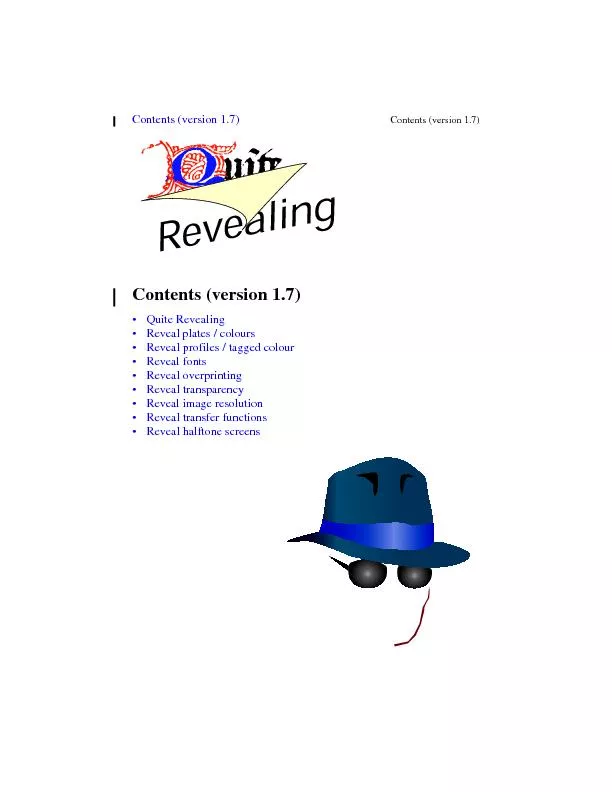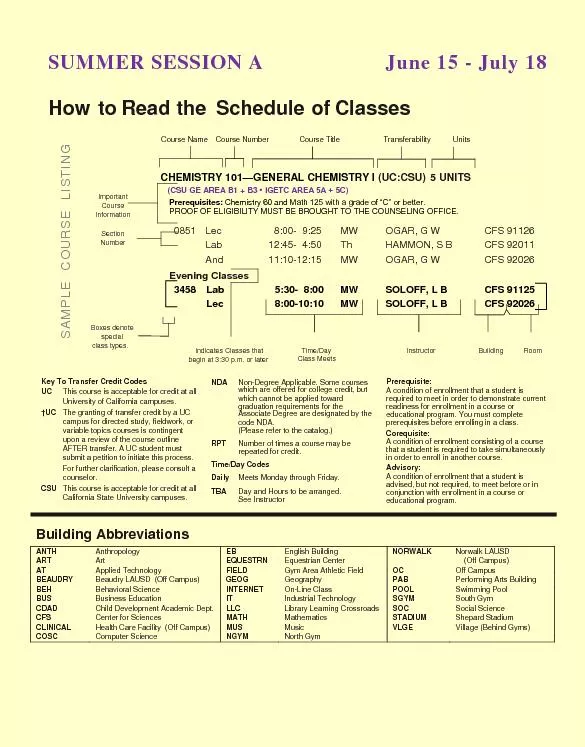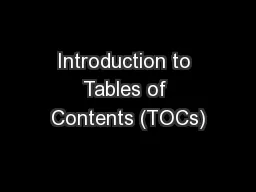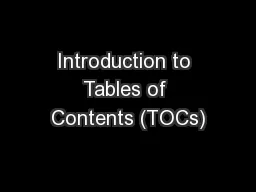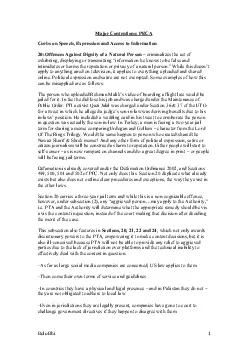PPT-Course Contents Sr # Major and
Author : mastervisa | Published Date : 2020-06-23
Detailed Coverage Area Hrs 4 Functions 4 Library amp User defined Functions Formal and Actual parameters Declaring defining and calling functions Parameter Passing
Presentation Embed Code
Download Presentation
Download Presentation The PPT/PDF document "Course Contents Sr # Major and" is the property of its rightful owner. Permission is granted to download and print the materials on this website for personal, non-commercial use only, and to display it on your personal computer provided you do not modify the materials and that you retain all copyright notices contained in the materials. By downloading content from our website, you accept the terms of this agreement.
Course Contents Sr # Major and: Transcript
Download Rules Of Document
"Course Contents Sr # Major and"The content belongs to its owner. You may download and print it for personal use, without modification, and keep all copyright notices. By downloading, you agree to these terms.
Related Documents



